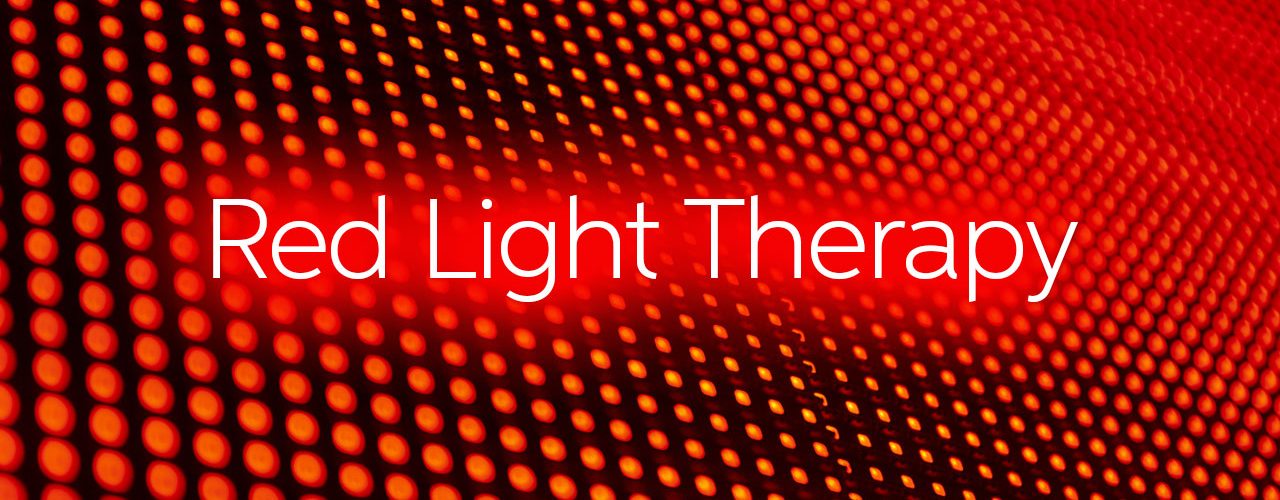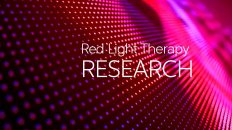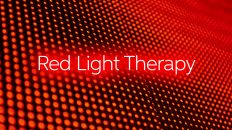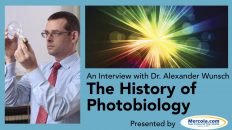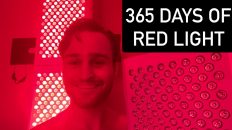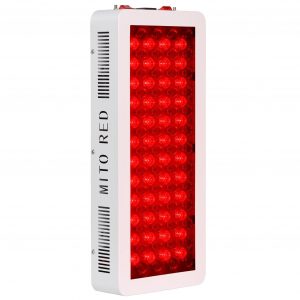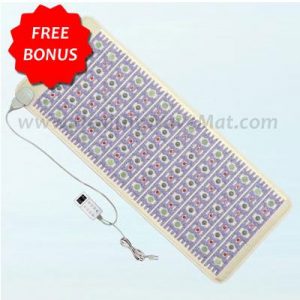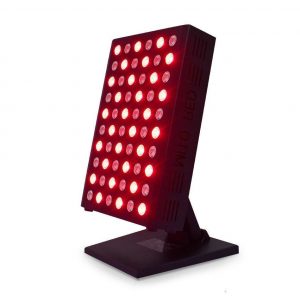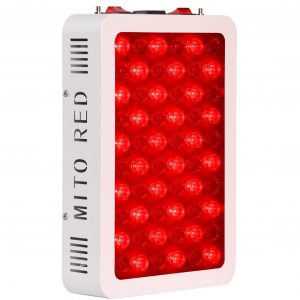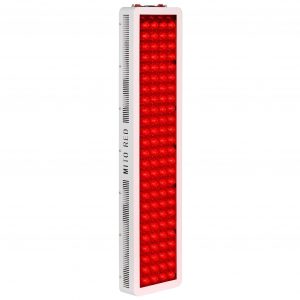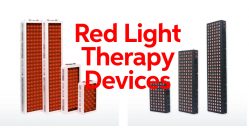Red light therapy is a procedure using light-emitting diodes (LEDs) to treat medical and cosmetic conditions. It sends low-intensity red and near-infrared light deep into the body’s cells to stimulate healing. It is noninvasive, painless, and does not use heat.
Hungarian physician and professor Endre Mester first used red light therapy in 1967 while studying how cancer cells react to radiation exposure. Today, this treatment is used in medical, dental, spa, and home settings to help repair tissue and relieve pain and inflammation.
Red light therapy is part of photodynamic therapy as well. In this case, red light activates an agent to help the skin absorb more light.
This article will discuss the mechanisms behind red light therapy and how well it works for a variety of conditions.
Red light therapy uses low-power red light to activate mitochondria, which are the cell’s energy generators. Most of the energy produced by the mitochondria is housed in a molecule called adenosine triphosphate (ATP), which helps your body store and use energy.2
Aging, illness, or lifestyle factors can make the mitochondria produce less ATP. Red light therapy triggers a reaction that helps reverse this decline.
Red light therapy uses light in the red or near-infrared region because this wavelength range best penetrates through tissue. It is more easily absorbed by the parts of cells that capture light energy.
Red light has been used for a variety of reasons, including in the treatment of skin, dental, and inflammatory conditions. . . . (read more)
SOURCE: VeryWellHealth

